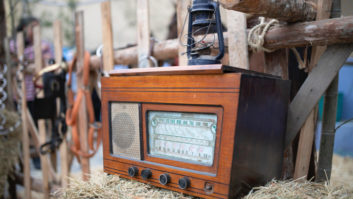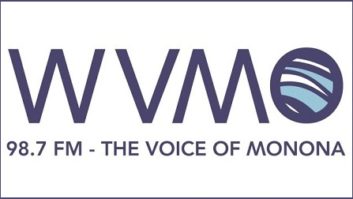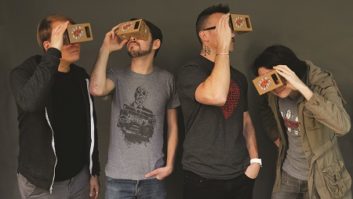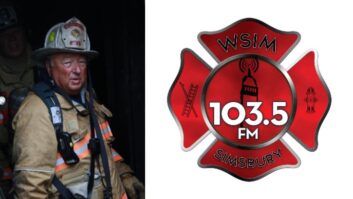The author is membership program director of the National Federation of Community Broadcasters. NFCB commentaries are featured regularly at www.radioworld.com.
The announcement of the return of “Firing Line” return should get stations thinking of how to spark conversations with many sides.
PBS issued a release this week saying the legendary television program was coming back to noncommercial stations. “Firing Line With Margaret Hoover” will be hosted by the Republican strategist, former staffer in the George W. Bush administration and great granddaughter of Pres. Herbert Hoover. The show will premiere on Saturday, June 2.
If you are not familiar, “Firing Line” began its public television run in 1971 and ended in 1999. Hosted by acerbic conservative icon William F. Buckley, his spirited conversations with the likes of activist and boxing legend Muhammad Ali, then presidential hopeful Ronald Reagan and LSD guru Timothy Leary were just a few of the galaxy of thinkers he welcomed. His exchanges with Black Panther Party leader Huey Newton and atheist trailblazer Madalyn Murray O’Hair are the stuff of journalism legend. Whether you loved or hated Buckley, you could not help but appreciate his sharp wit, ability to draw out a discussion and bring those with whom he disagreed. The longform program is still a far cry from the gotcha programming that populates so much TV, and surely pioneered debate in media in many ways.

The return of the popular “Firing Line” may get a few community radio leaders wondering how to create programming that intersects issues and political sides. One also has to ponder out loud how many of us might have the courage to do it.
For decades, there has been an unspoken — though at times very open — dispute about community radio’s intent and its future. Community media icon Lorenzo Milam and others argued for radical democracy internally. Some have seen community radio’s purpose to represent all of the community’s voices. Others have favored sharing programming — almost unfailingly liberal — that its advocates felt was valuable, representative of particular ideals and that should be heard. Where people who don’t fit that persuasion in many communities is oftentimes the question that trails off.
However, coexistence has led to a degree of incoherence. It’s hard to convince everyone that you’re a station for all the community when most of one’s programming comes from a single worldview. Political polarization, as deep as it has been in years, has not helped. People now just do not buy into the idea, it seems, that broadcasting stilted opinion is free speech or open exchange, but rather is endorsement, disclaimers be damned. Indirectly, these programming decisions can erode trust in a station, too.
How might a community radio station pilot a program like “Firing Line”? How could stations vet and air programming by conservative hosts and produced in the spirit of dialog?
[Read: Community Broadcaster: Listening Closely]
It is crucial to center trust in your audience first and foremost. People say they tune in to noncommercial media to avoid the trappings of commercial radio and television. Creating informative, lively programming that is inclusive of your city’s diverse ideas can be impactful. Your average noncommercial media consumer is very sensitive to bias, though they crave a reasoned conversation.
That said, assuring the right mix is key. I was fortunate enough to retain a few producers in the political center and the right. It is a perplexing process to find someone who strikes the balance of perspective and skill in facilitating an interesting program. I highly advise you to look for someone more Ben Shapiro than Michael Savage. Community radio audiences are a patient lot, but hardline talkers can turn off everyone. In PBS’ case, Hoover has solid conservative credentials, but isn’t on a fringe and thus can attract a more mainstream viewer.
Finally, this kind of programming should be checked with new listeners. Your base may or may not like it, but doing your own “Firing Line”-style show is about experimenting and testing your station’s ability to represent ideas.
As I’ve written before, there is clearly a contingent of stations that have hung their hats on arguably marginal content. Liberal contrarianism wrapped in the flag — First Amendment, free speech, free press and so on — has inevitably boosted a few stations, yet I hear behind the scenes about many others in this boat, which have longer pledge drives, challenges in finding new audiences and an aging base without perceptible gains among millennials and even those under 50. You don’t have to swing the other direction to know there is opportunity in showing those who may normally write you off that you’re listening and want to talk.






